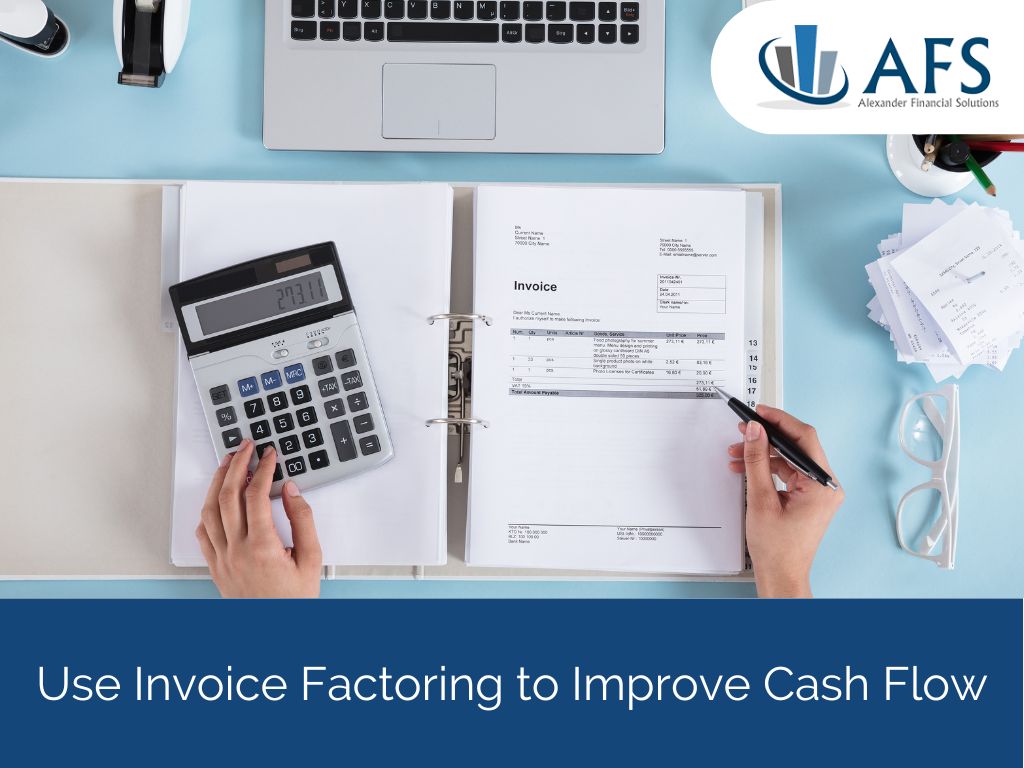If you are a small business looking to increase Cash Flow and Working Capital, it is important to understand the differences between obtaining a Business Cash Advance or Factoring your Receivables. They do have significant differences across Interest Rates, Service provided and overall process. Both are great tools to give your business the stimulus you need to grow.
Cash advance versus Receivables factoring
A Cash Advance is essentially a loan. Lenders will look at your businesses cash flow over the last six to eight months and determine a a suitable amount that you can repay on a regular basis. Unlike Factoring, they do not take over your receivables or business. They simply work with you to determine an amount to lend you, which typically will include all fees and interest, and determine a sufficient amount that you can pay back based on your businesses cash flow. The length of the loans can differ, but most Cash Advance lenders will lend anywhere from 3 to 18 months. Interest rates can vary based on stability of your business, amount borrowed and length of advance. Unlike Factoring, Lenders are interested more in your credit rating as a principal or business owner. You have the ability to pay the advance down quicker and then renew your loan if you wish. In this manner, it does act as a Line of Credit. Any business that has a solid cash flow may be considered for this.
Factoring advantage over cash advances
Unlike Cash Advances, Factoring is more for a specific business line. To Factor, you must display to a lender that you have performed a service and have invoiced for that service. Factoring Lenders will buy your receivables and advance you cash while the receivable is being collected. They are more concerned with your clients credit rather than you or your business. There are service options to consider when choosing a Factoring lender such as retaining control over your collections rather than having the lender perform collections for you. The interest rates are really driven by the credit worthiness of your clients, the amount of money you are factoring and the age of the receivable. Generally rates range between 2-4% on current receivables. Factoring tends to have more stringent recourse language incorporated in the agreements than a Cash Advance has.
Things to consider when choosing the right financing for your business
When considering what is right for your business, the key things to remember are cost of funds, how long do you need cash, flexibility in paying down debt, do you want to sell your receivables to protect your business from your clients credit risk and the service lenders provide. Both are very valuable tools to enhance cash flow and grow your business.



